Pi Day – let's talk about Math in photography!
by Julia, 14 Mar 2018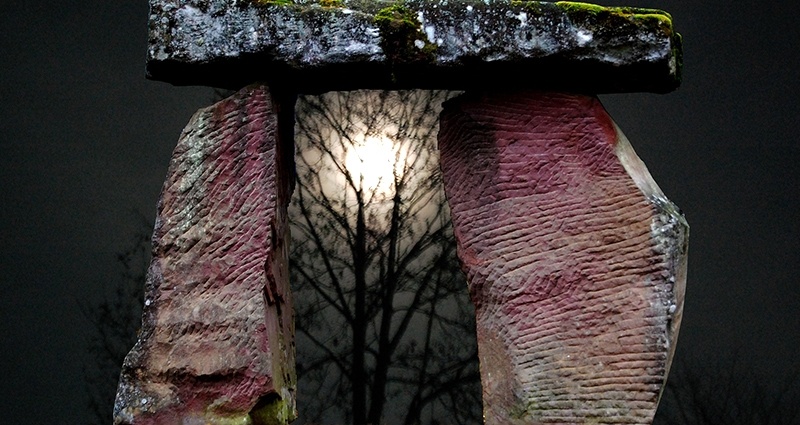
Today is PI Day - number hated by many students, somehow until this day staying mysterious - without which a vast variety of mathematical operations would give a negative outcome. It's the perfect time to talk about Math in photography and few key principles. Any idea what we will be talking about? Read on!
Have you ever wondered what makes certain elements in a picture more exposed than the others? Or, how to compose a photo in order to attract attention?
The golden ratio and the rule of thirds are two basic rules that should be followed. Both of them derive from the painting and studies on the perception of beauty. Following these rules, our photography will correspond to natural human perception and therefore, will be better perceived by our audience.
The rule of thirds concentrates on four key points of every composition. They point out where to place the main theme of the picture or elements we want to highlight. In this way we obtain a frame divided into 9 pieces. They are usually equal, however, it's not a necessary condition and there is a margin of error. The most important thing is that the lines are orthogonal to each other.
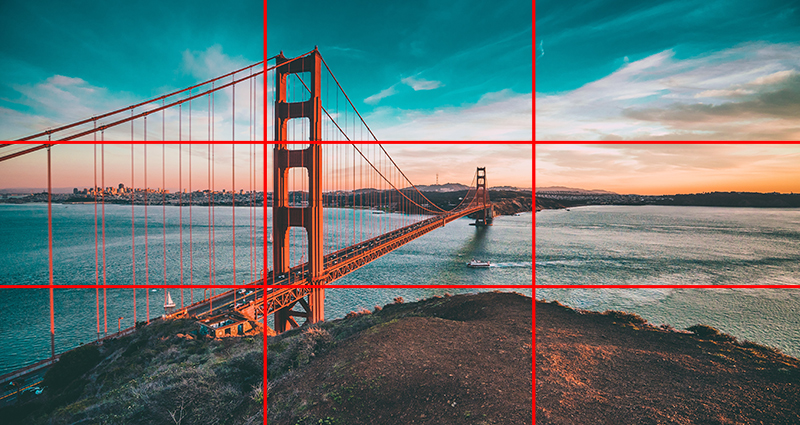
Photo by Joseph Barrientos on Unsplash
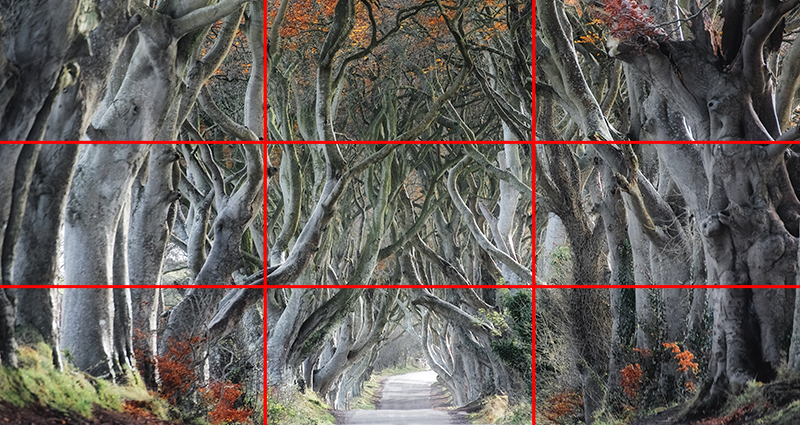
Photo by Sweet Ice Cream Photography en Unsplash
What is interesting, from the composition point of view, the central area is the least attractive and we should place there the least relevant elements of the composition. The fields around it are, in theory, more attractive for human eyes. Of course, every rule has its exceptions. Here, the exception is a square composition where the main theme fills the majority part of the fame, for example, in portrait photography.

Photo by Kim Carpenter on Unsplash

Photo by Jared Sluyter on Unsplash
The golden ratio refers to every field of photography equally but in each case, we focus on slightly different elements. When it comes to portrait photography – eyes of a model should be located in the upper horizontal line, not necessarily in a strong focal point. When it comes to landscape – vertical lines designate the line of the horizon, therefore it should be placed at 1/3 of the frame.
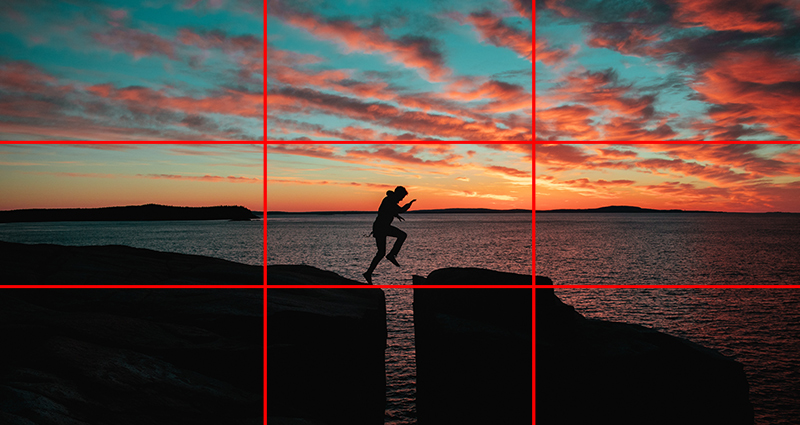
Photo by Kristopher Roller on Unsplash
This rule is based on the Fibonacci sequence. The golden spiral is applicable to almost every kind of pictures, especially wide frame photos. The spiral naturally directs from less to the most important point of the composition. According to the rule, it is best when the most substantial part of the composition is located inside the mentioned spiral. Photo of the spiral stairs taken from above (as shown below) ideally sums up the rule.
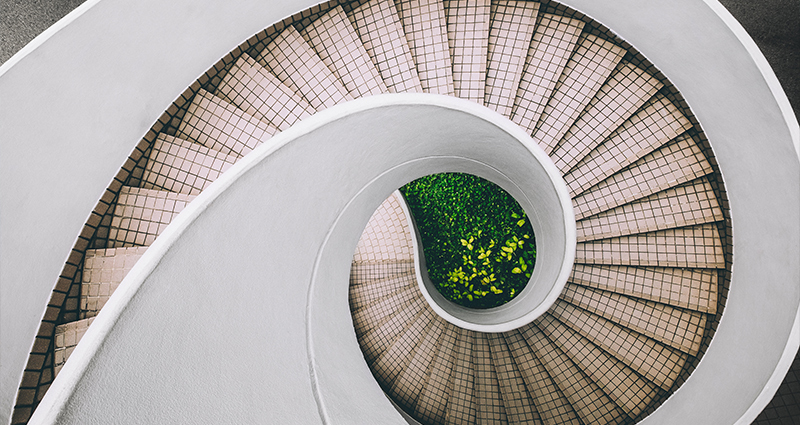
Photo by Dan Freeman on Unsplash
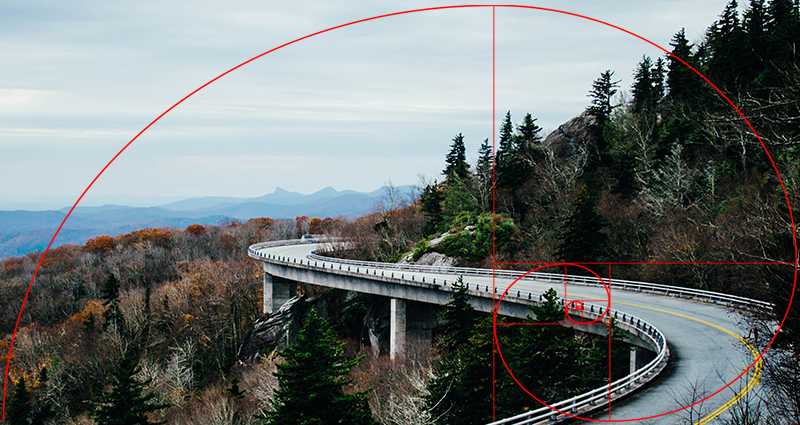
Photo by Ashley Knedler on Unsplash
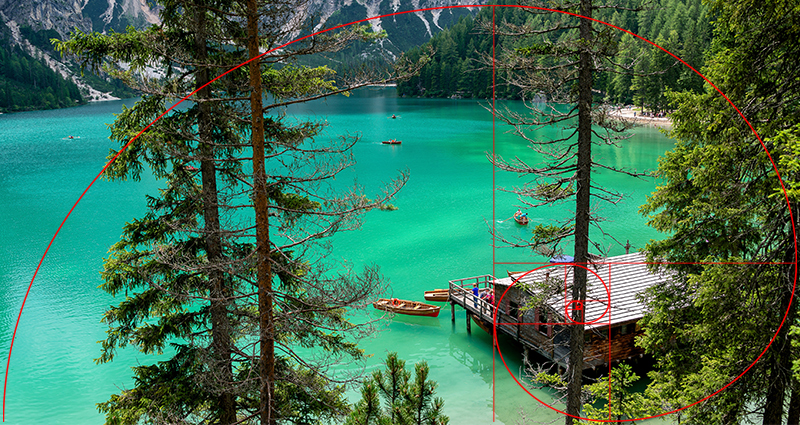
Photo by Ales Krivec on Unsplash
These two rules are for people who wonder about compositions of their pictures and wish their photos to attract attention. Of course, everything depends on the photographer’s vision and his/her imagination.
Now - have a look at the pictures below – can you imagine how can we apply the rule of thirds or the Fibonacci sequence to them?


Photo by Khachik Simonian on Unsplash

Photo by Lili Popper on Unsplash

Photo by Mathew Schwartz on Unsplash

Photo by Sticker Mule on Unsplash
And now, after you are done with experimenting with your photos, don’t forget to print them on our photoproducts – photobooks or photoalbums would be a perfect fit. Treat yourself with a beautiful souvenir and start designing today!
Sources:
http://www.apogeephoto.com/how-to-use-the-golden-ratio-to-improve-your-photography/colo
https://www.makeuseof.com/tag/golden-ratio-photography/
https://digital-photography-school.com/divine-composition-with-fibonaccis-ratio-the-rule-of-thirds-on-steroids/
https://fotoblogia.pl/9068,co-to-jest-zloty-podzial-i-trojpodzial-kadru
https://petapixel.com/2016/10/24/golden-ratio-better-rule-thirds/
http://www.shawacademy.com/blog/golden-ratio-photography-how-to-balance-your-composition-simply-with-the-fibonacci-sequence/